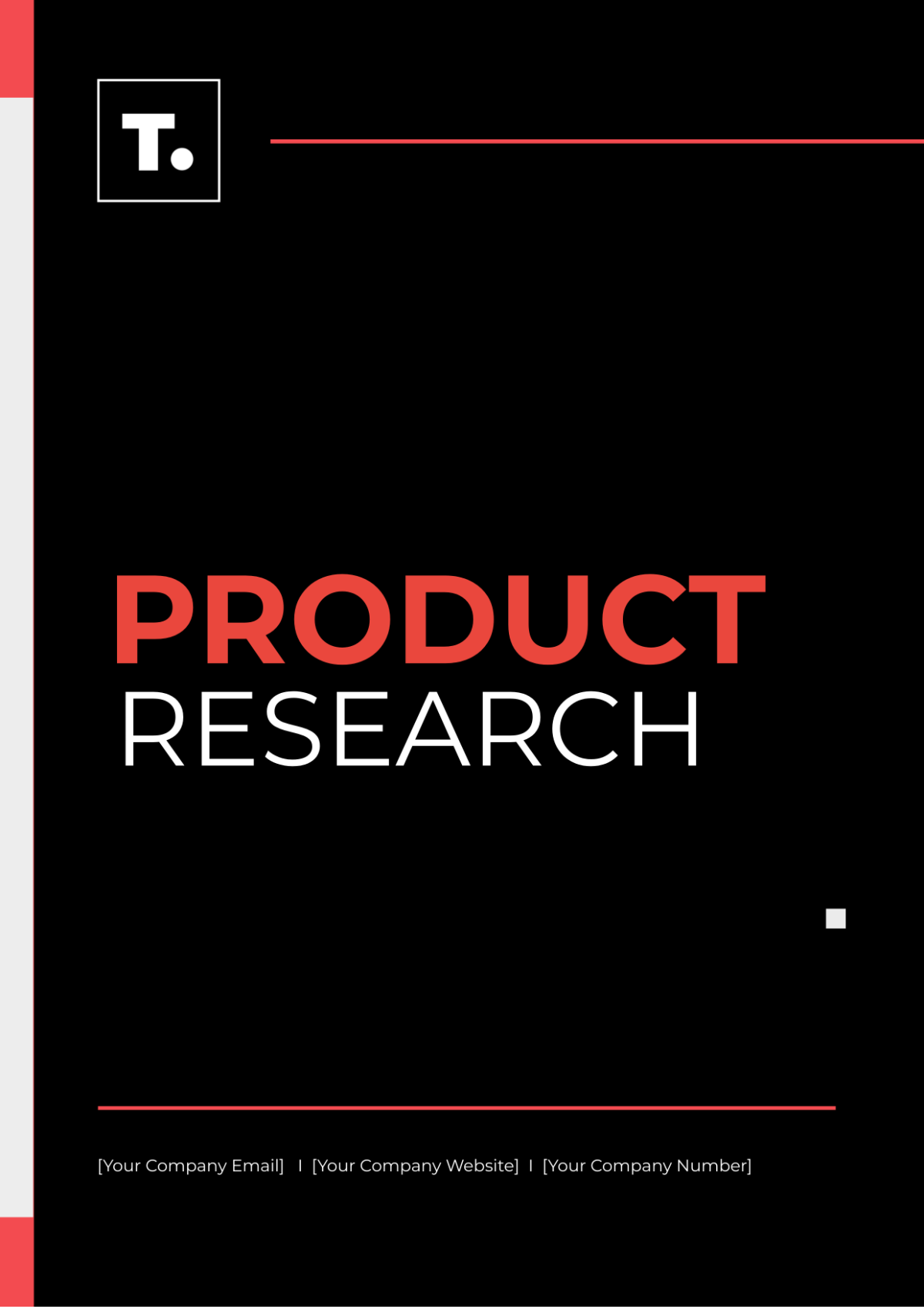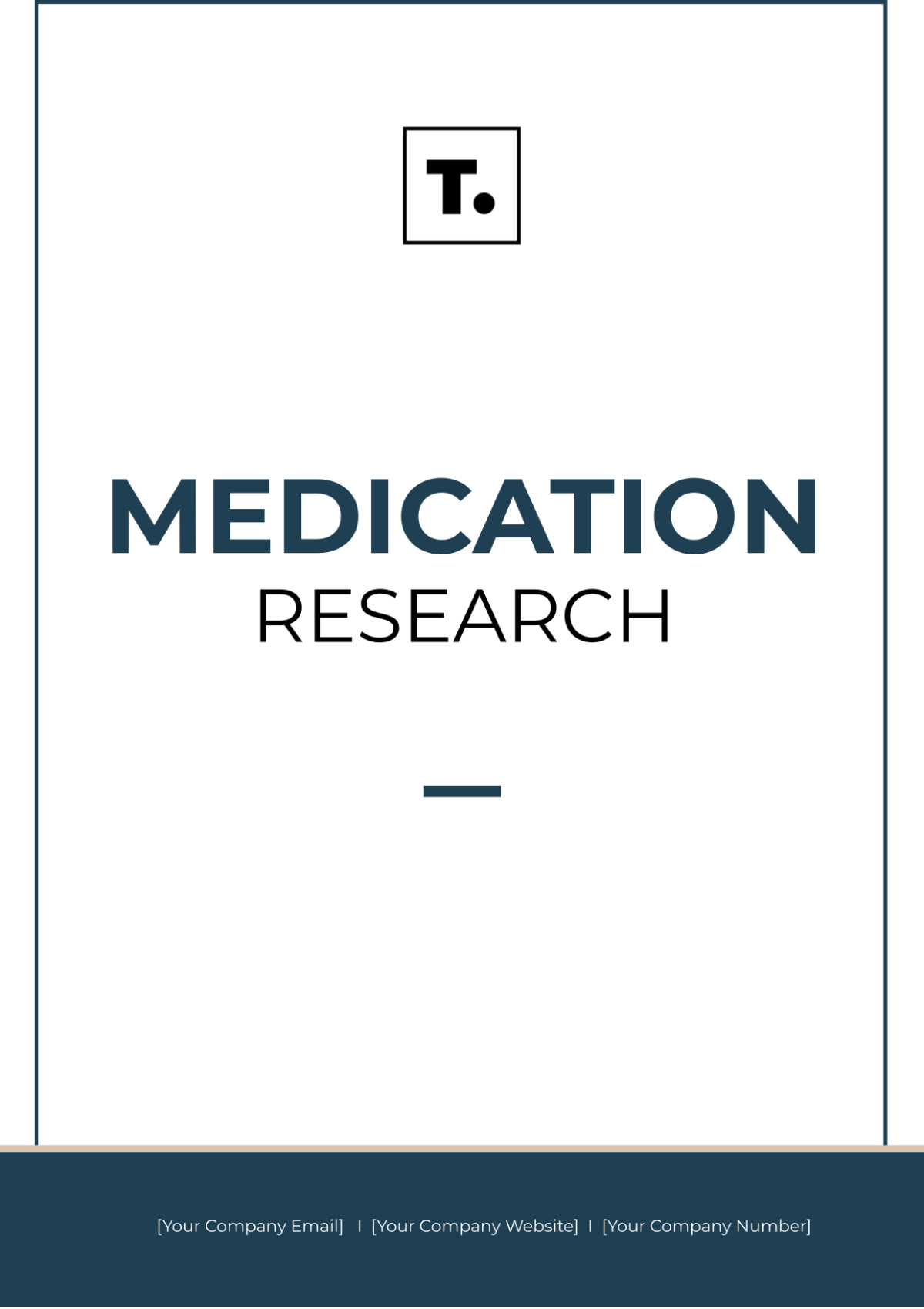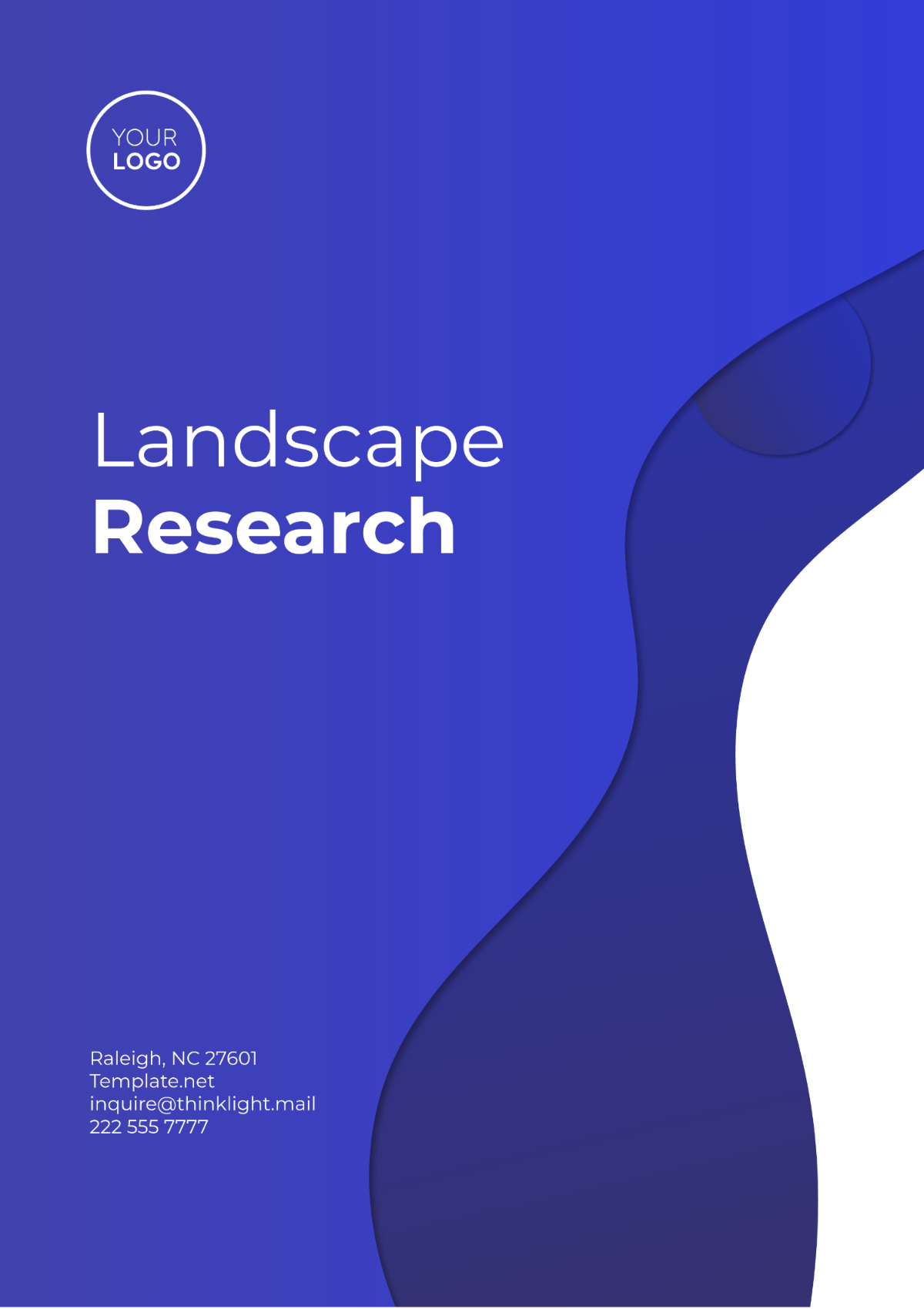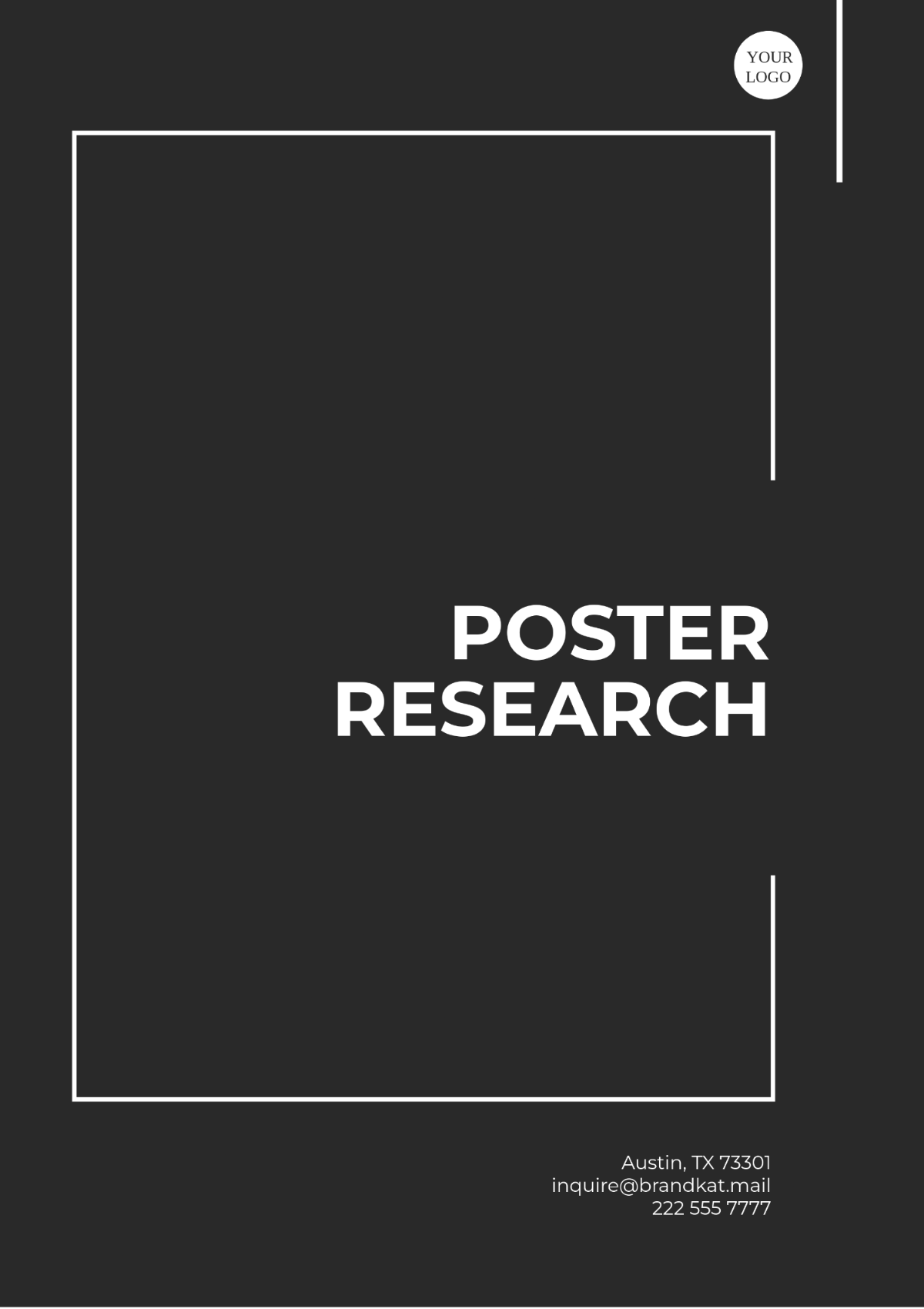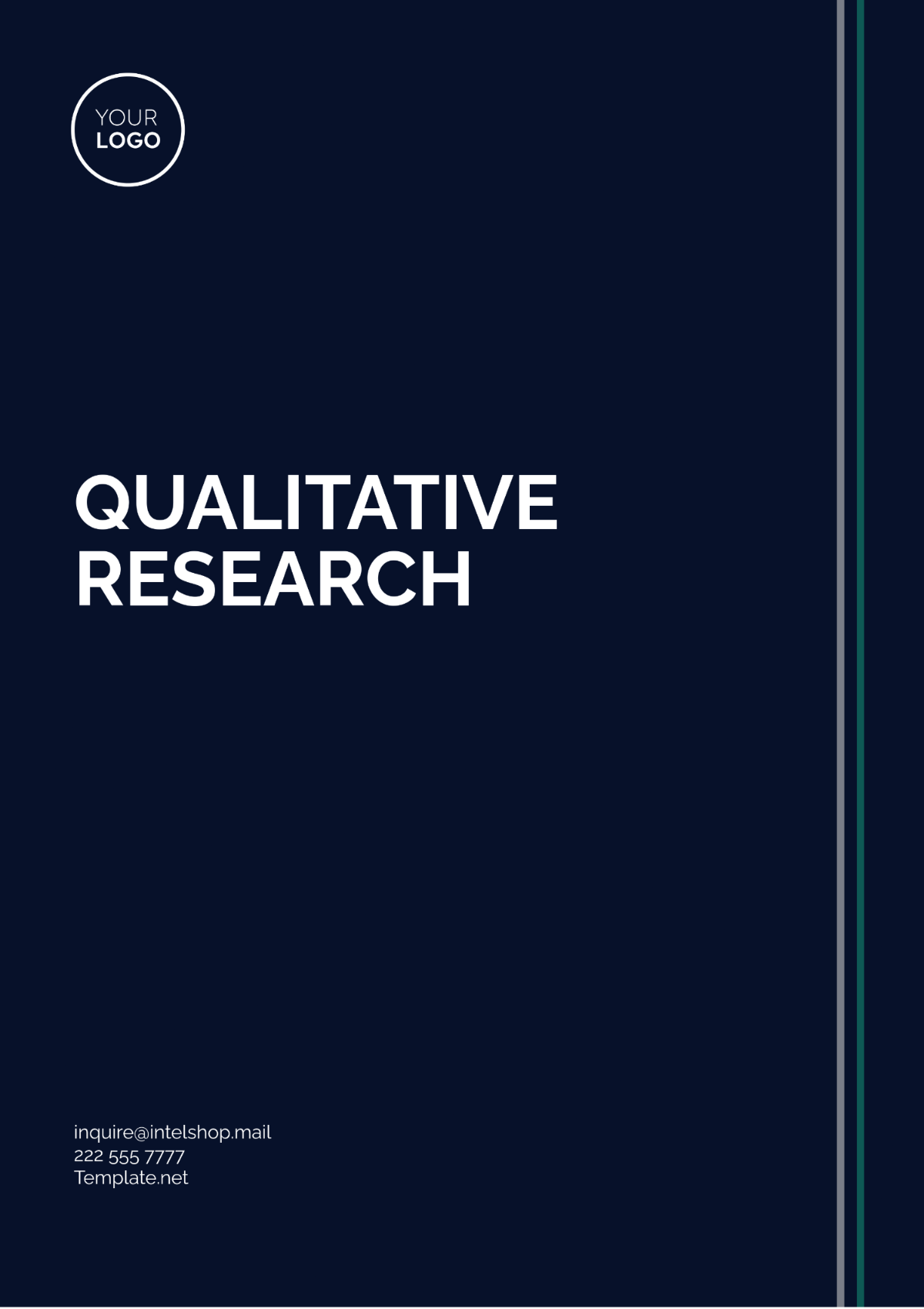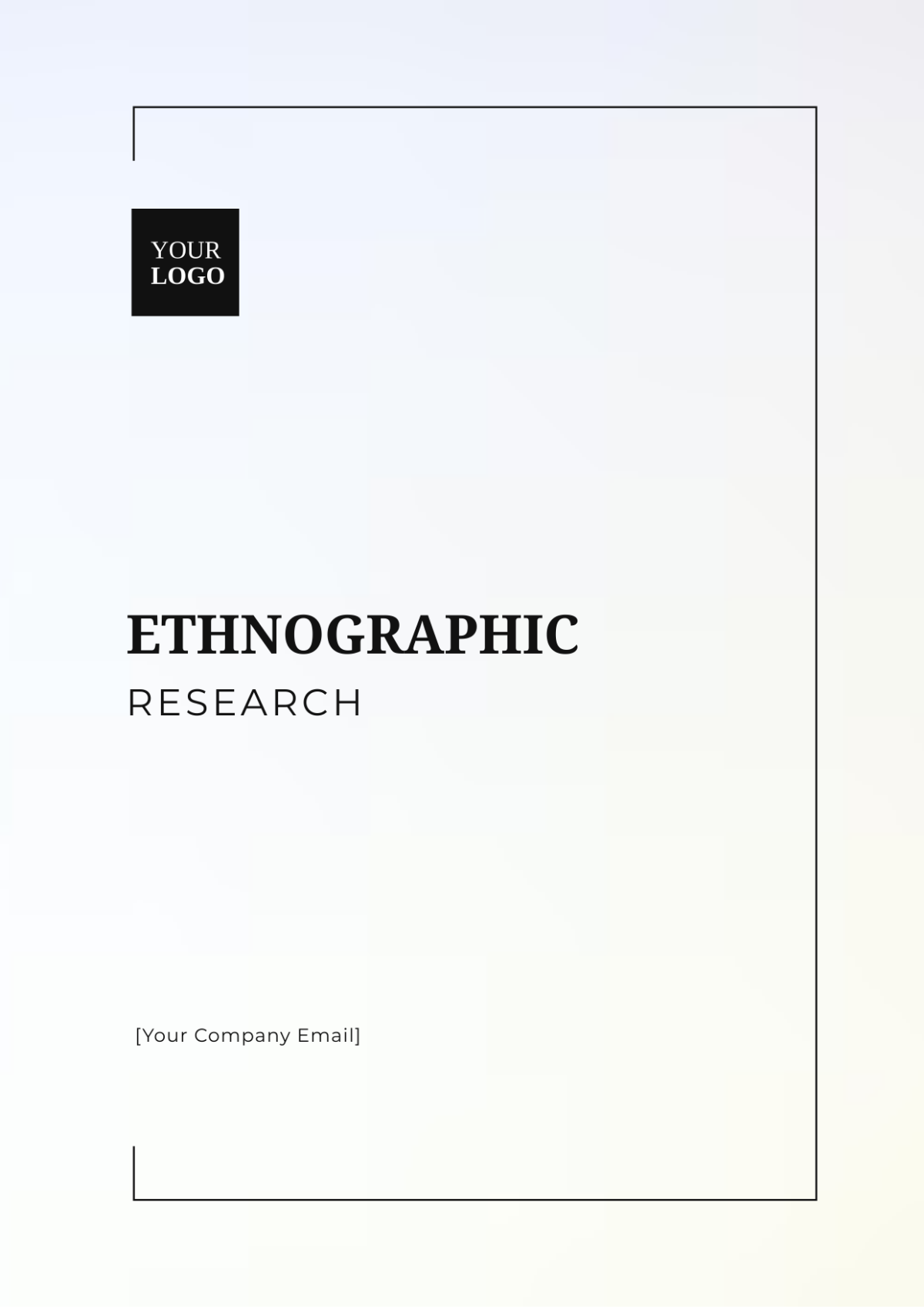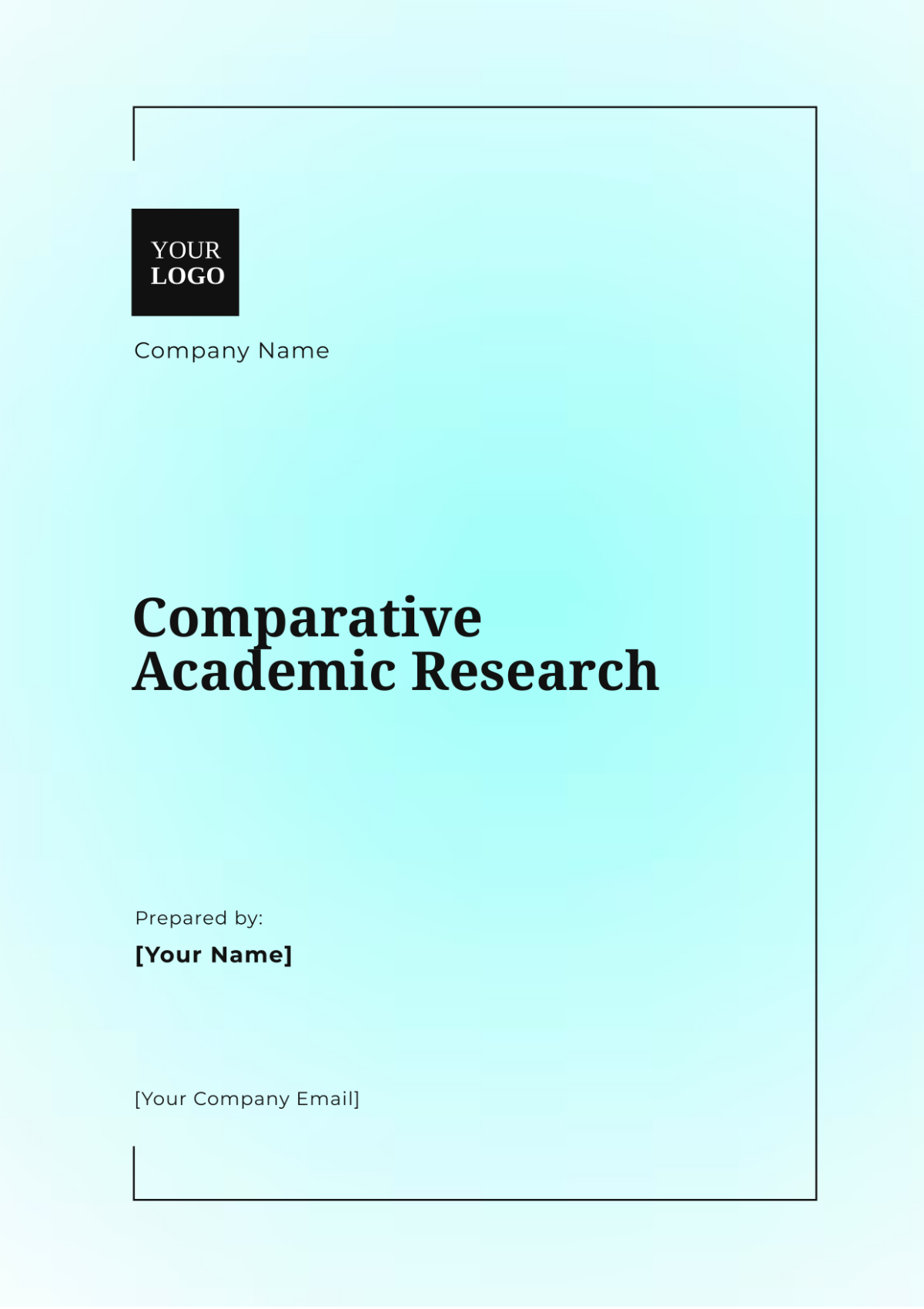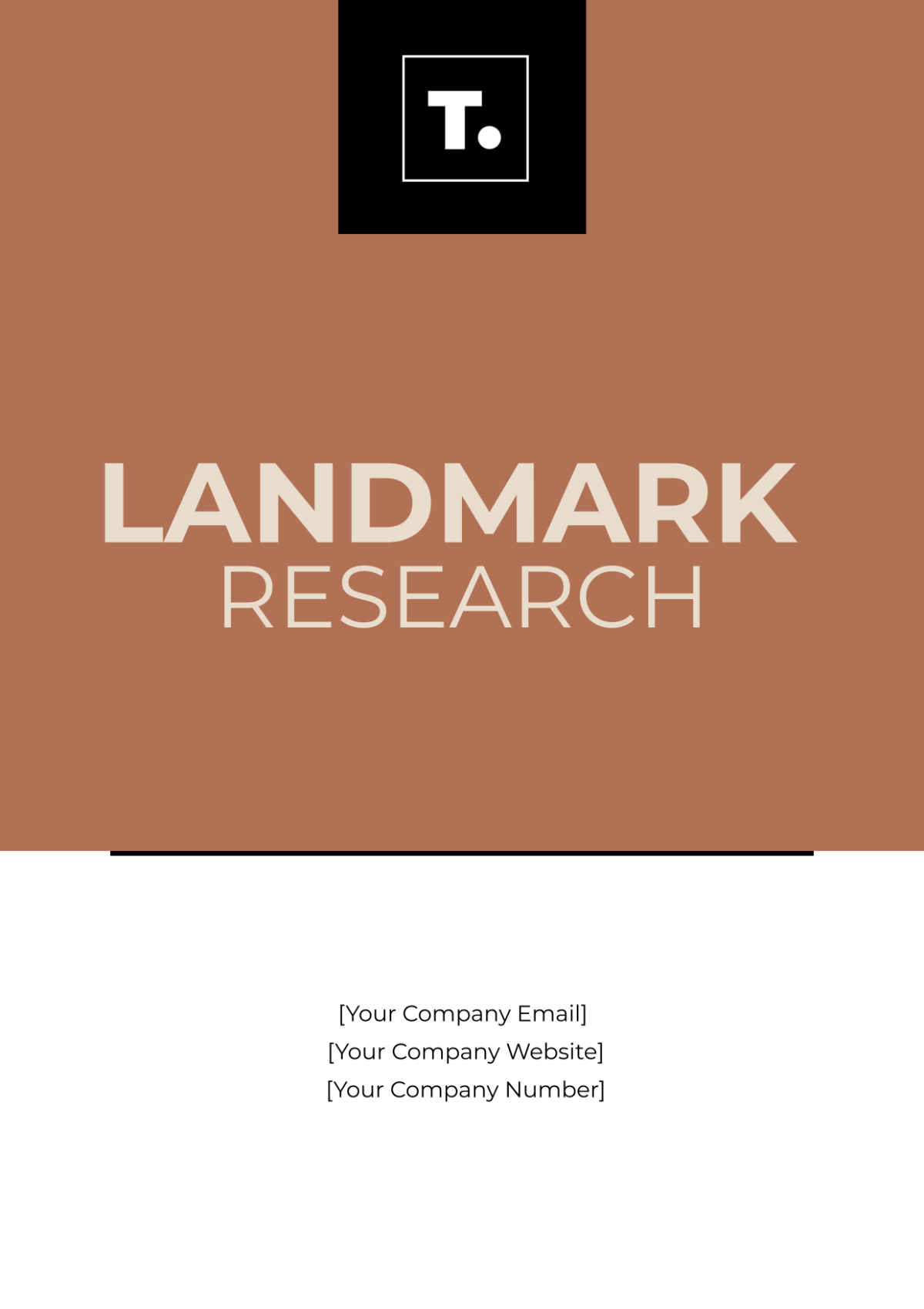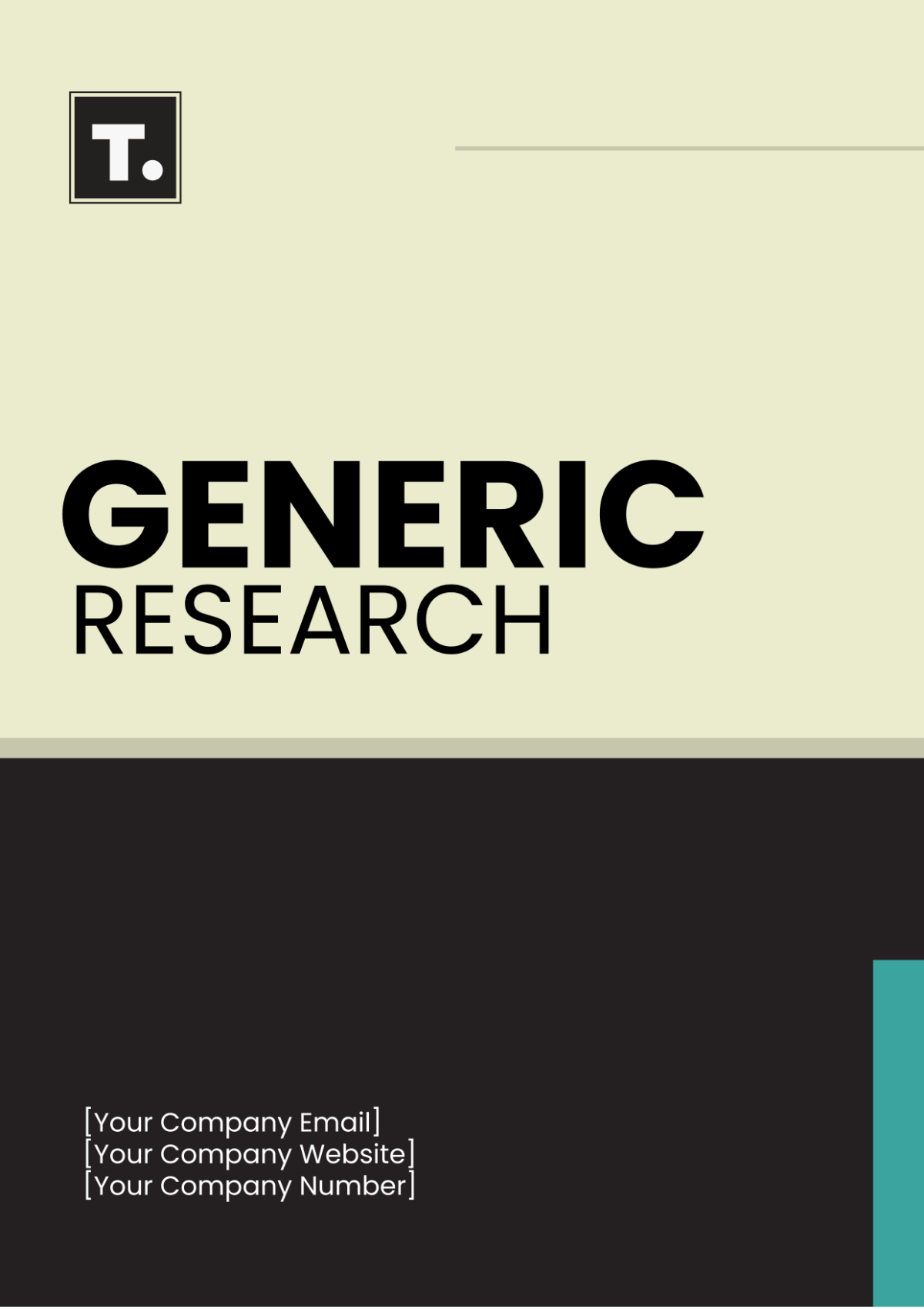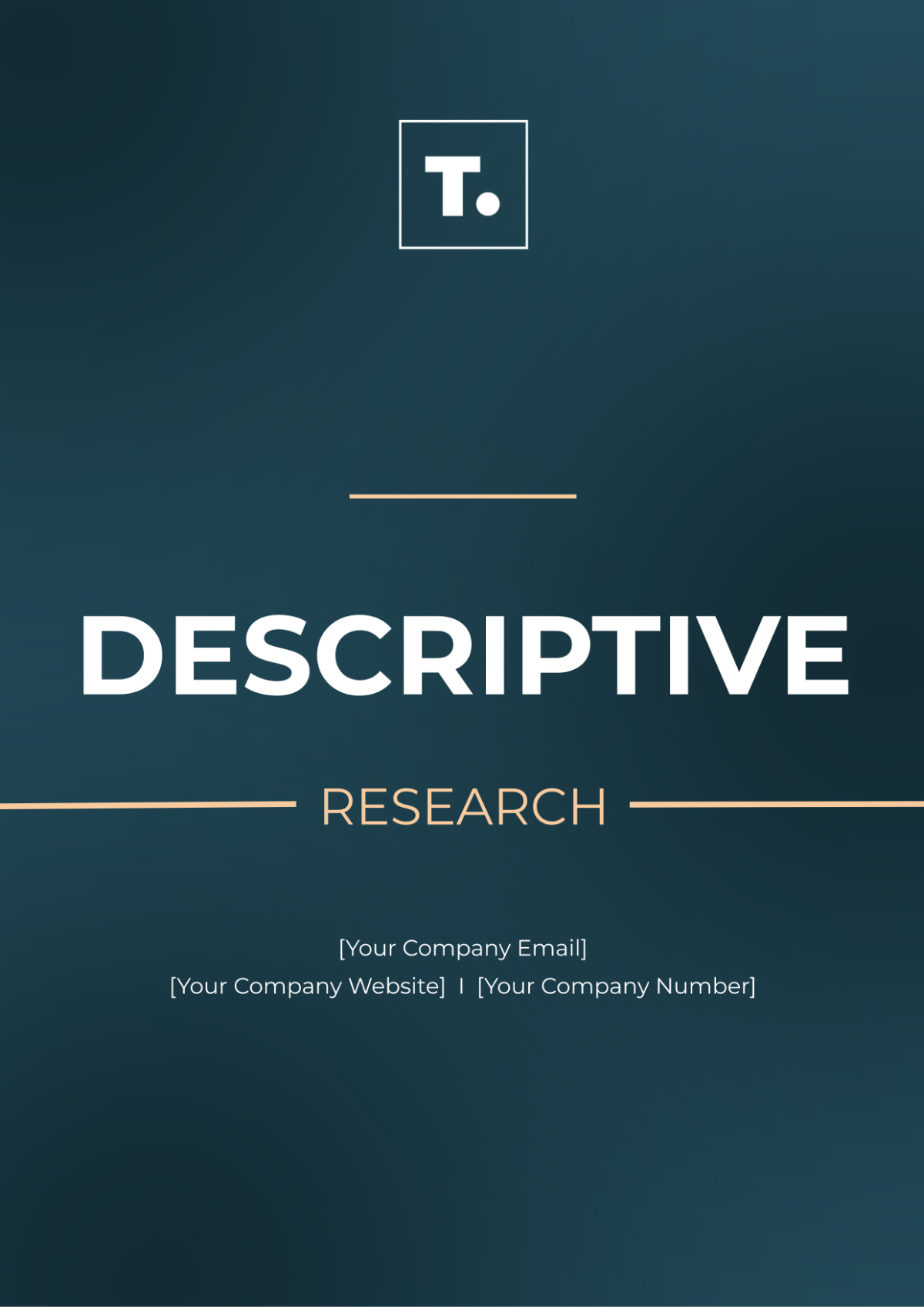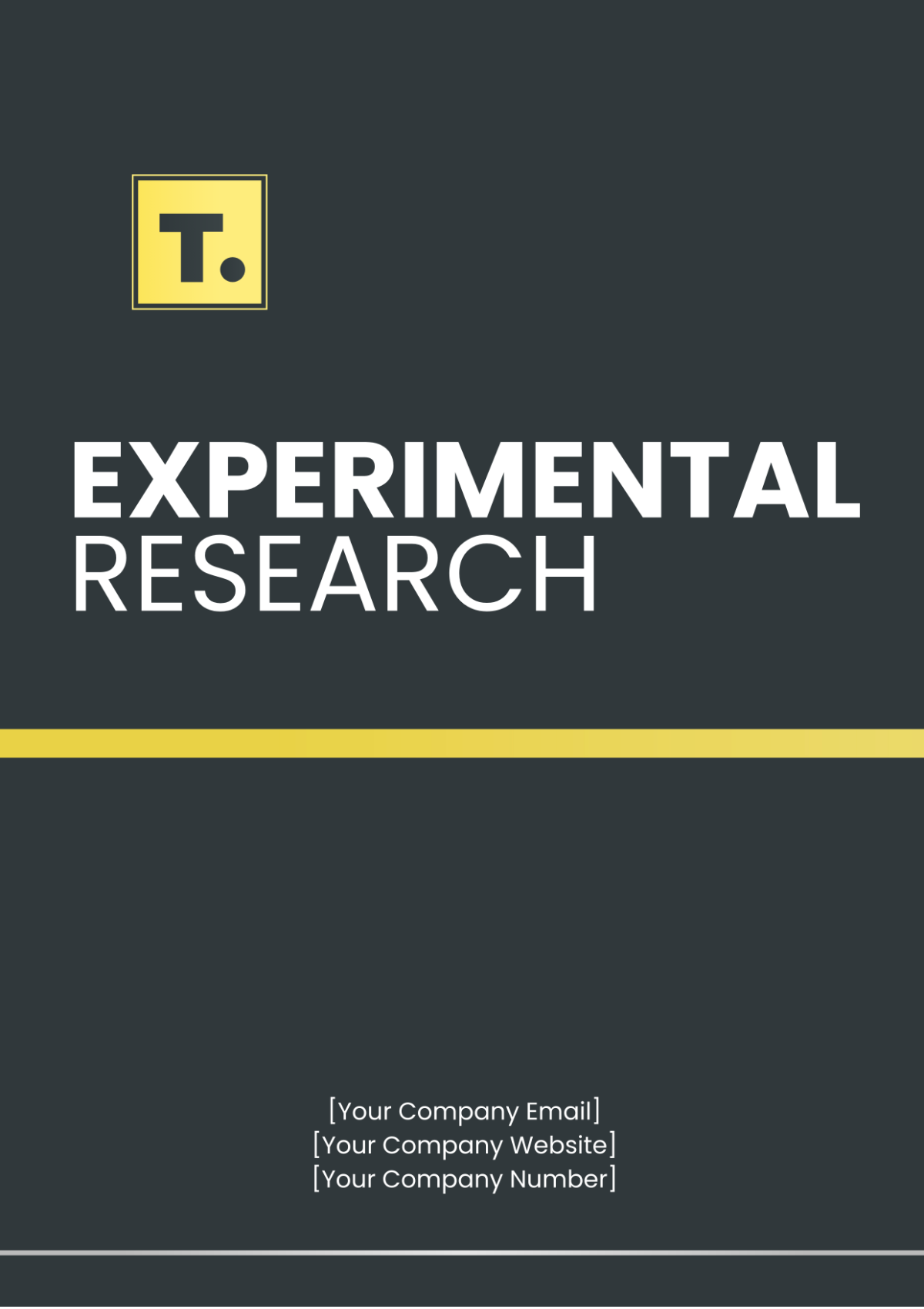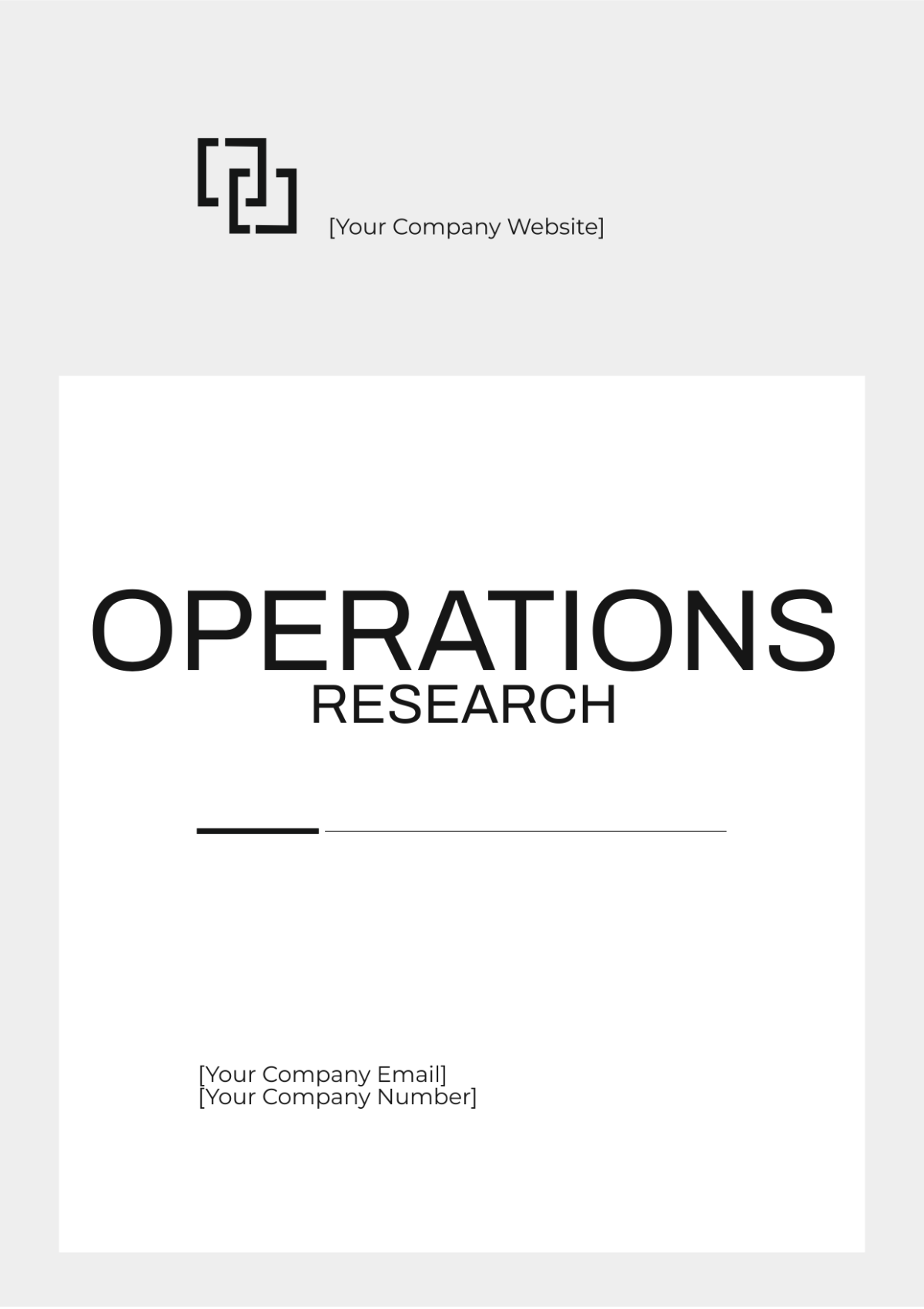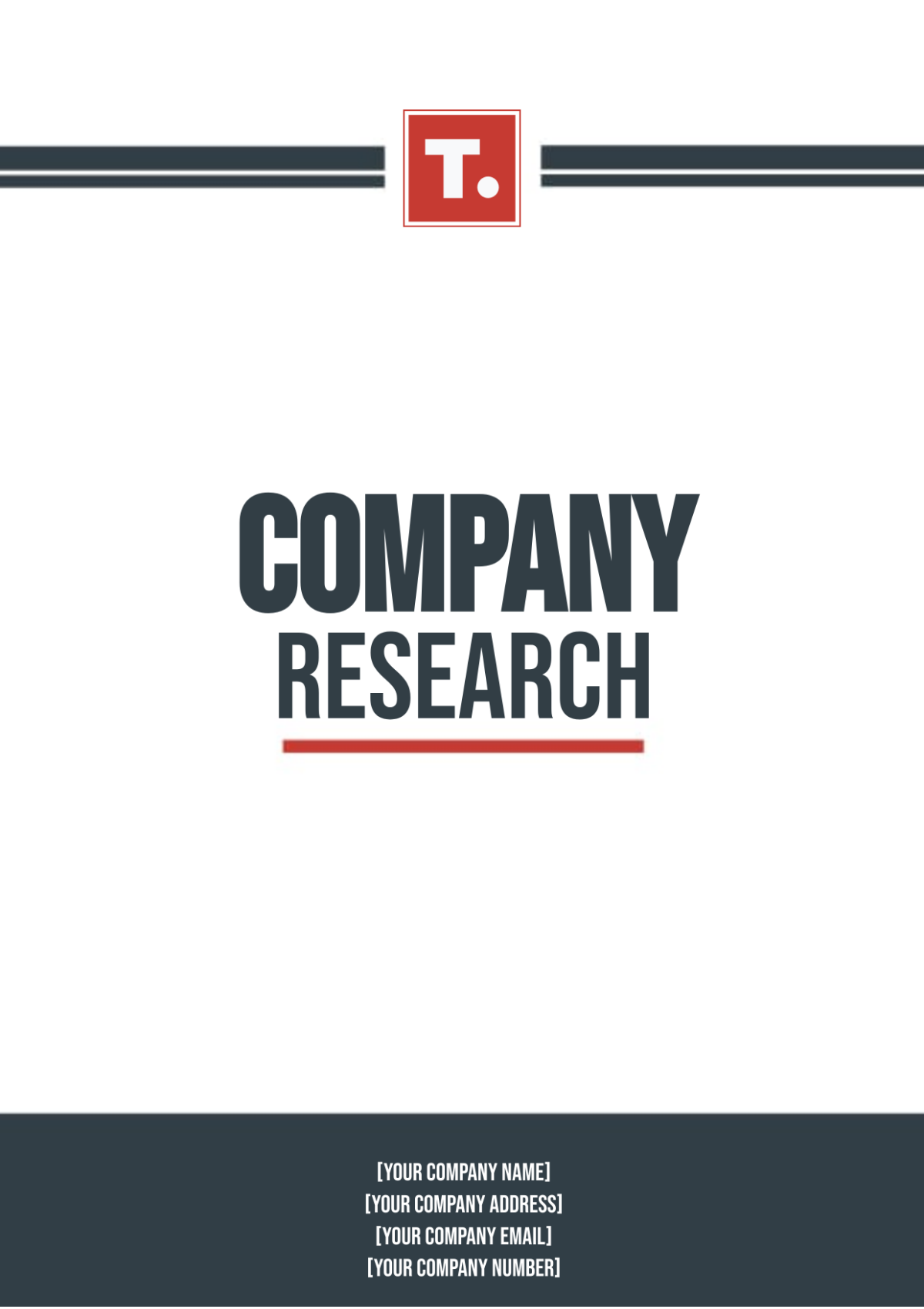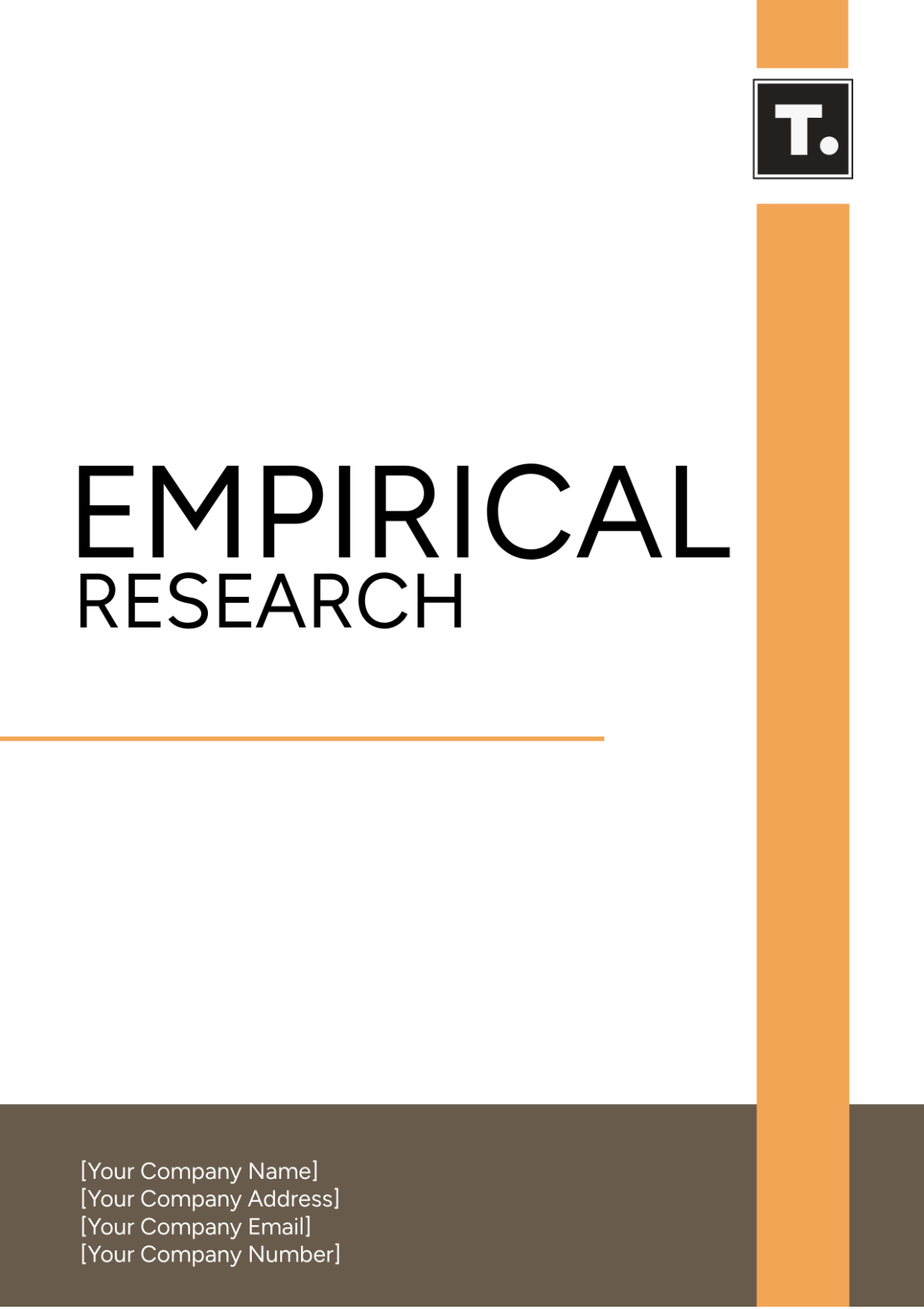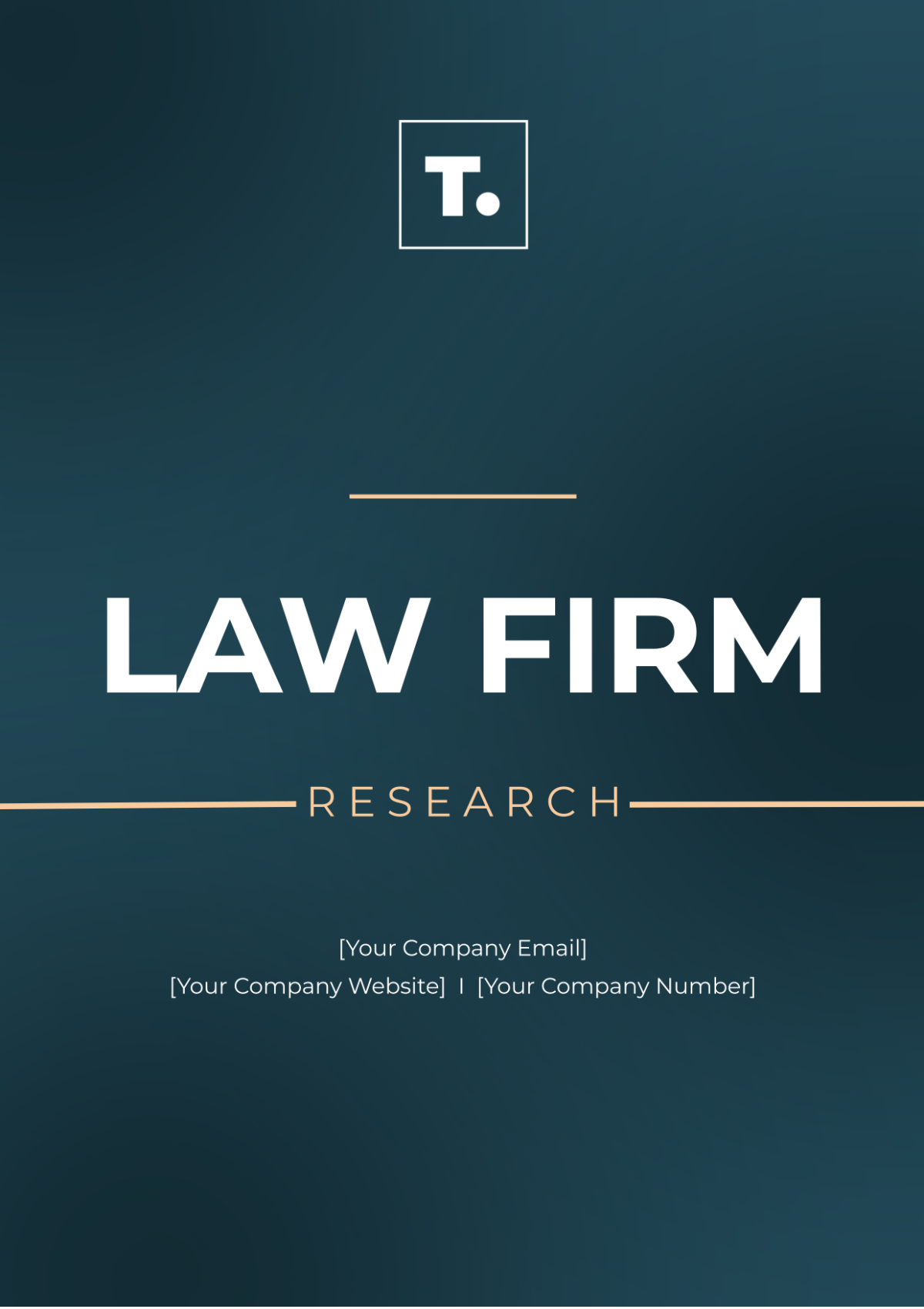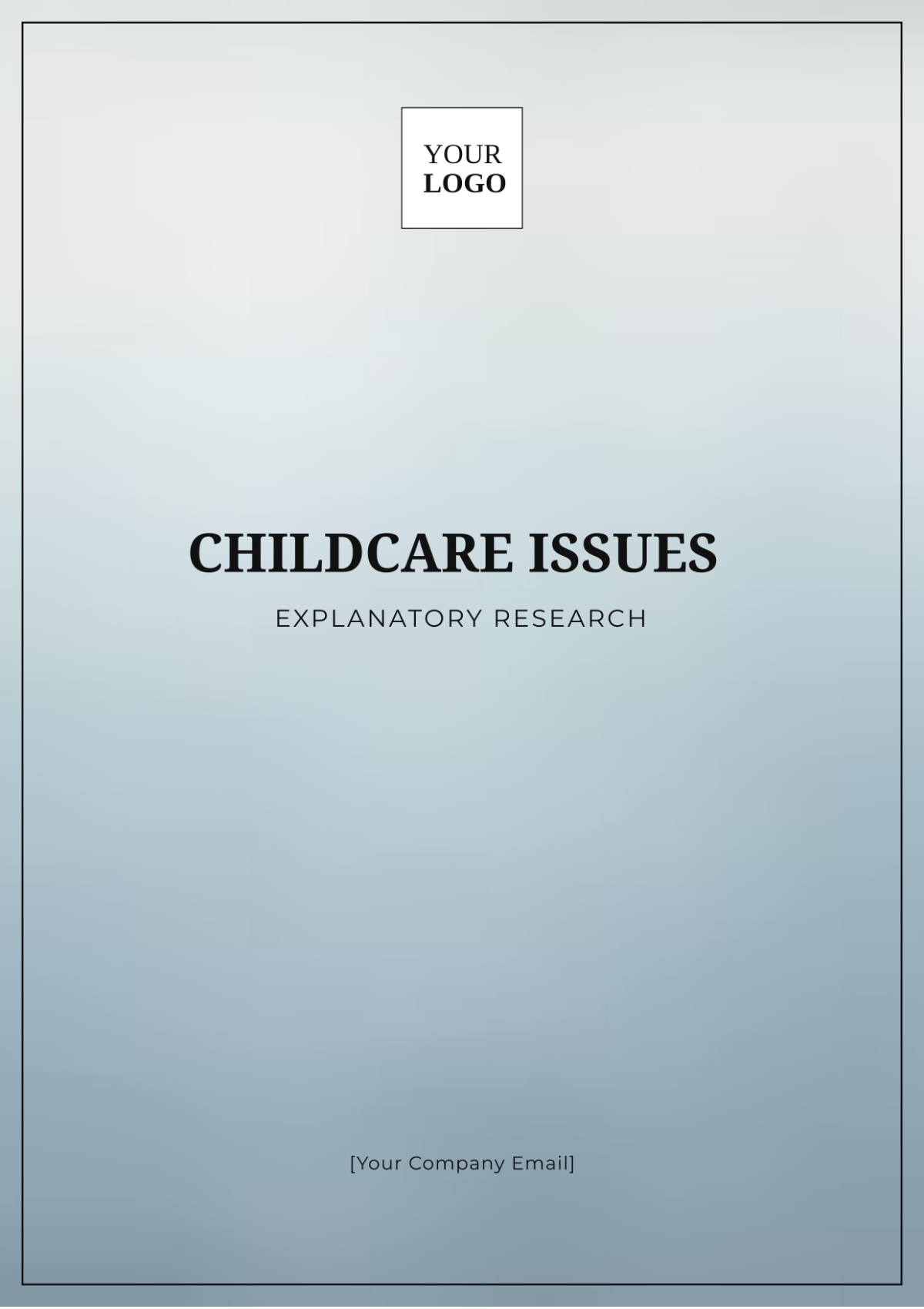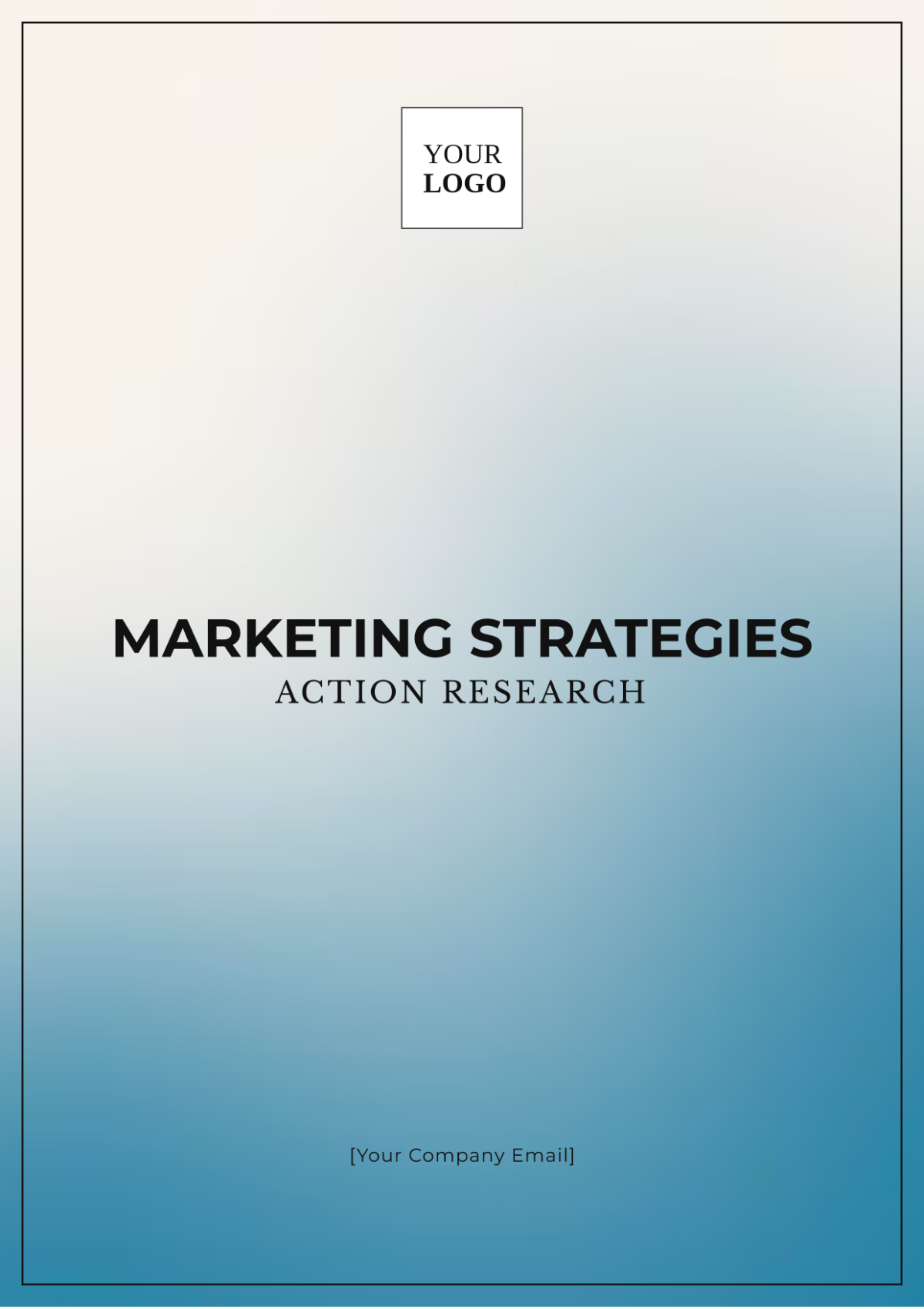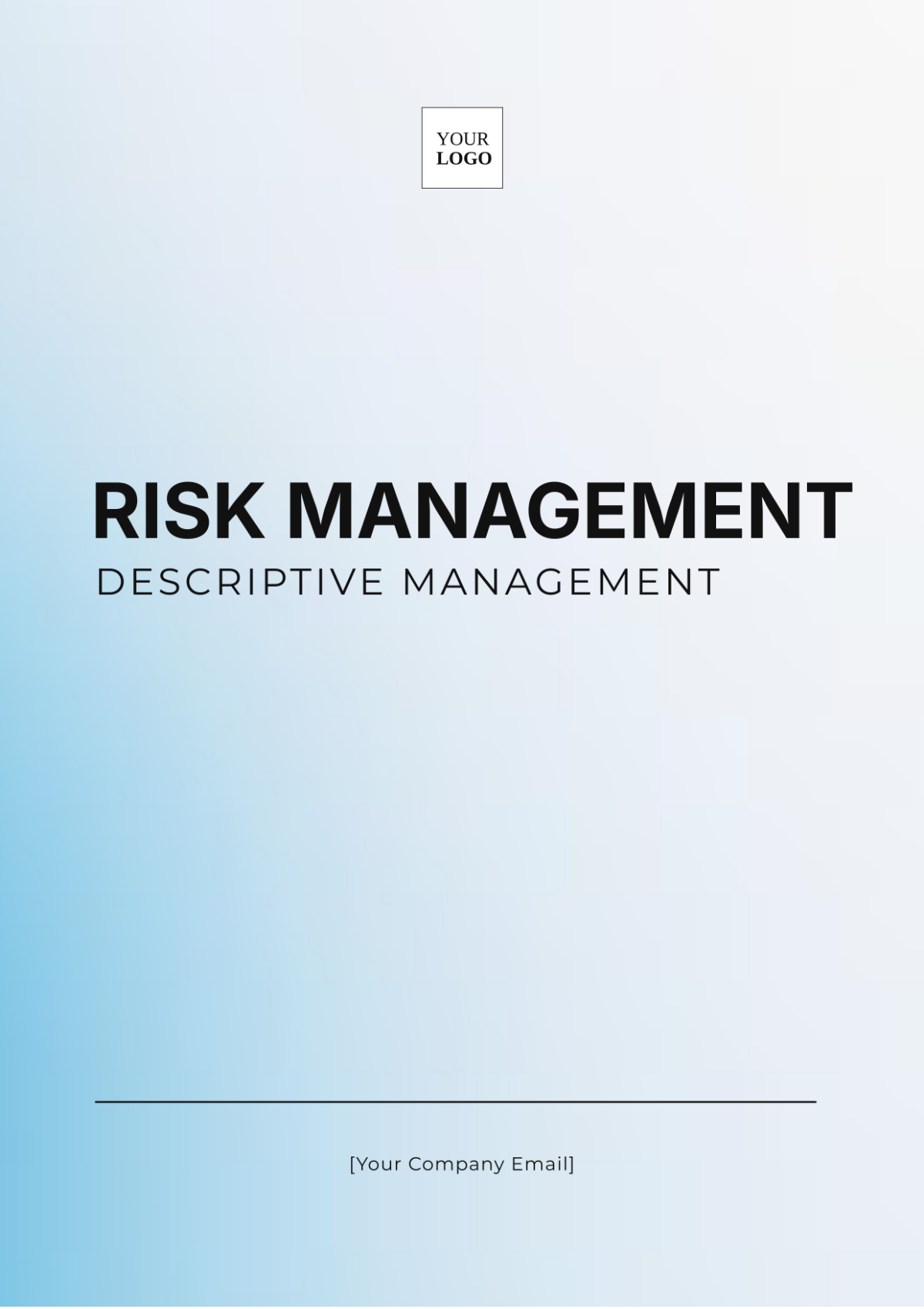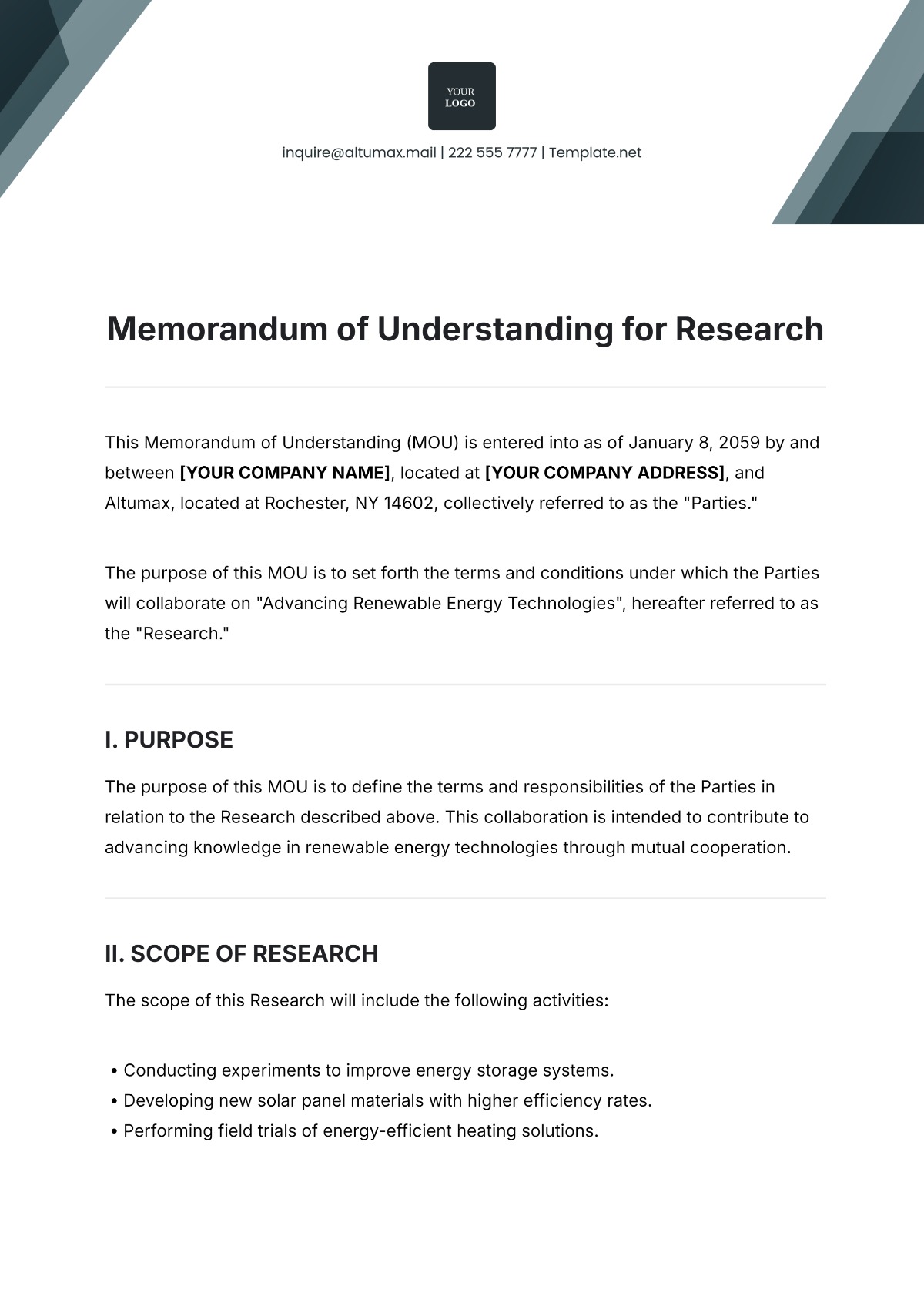Core Concepts for Research Process
Researcher: [Your Name]
Date: [Date]
I. Introduction
The research process involves fundamental principles and essential elements that guide systematic investigations into diverse topics. This framework is crucial for ensuring the coherence and validity of research outcomes. It encapsulates methodologies, data collection techniques, and data analysis approaches, forming the backbone of credible and effective research.
II. Literature Review
The literature review lays the groundwork for any research study, offering context and background. It entails a thorough examination of existing academic work pertinent to the research question.
Identify Key Themes and Trends: Review studies that explore the correlation between X and Y, as well as the effects of Z on W.
Highlight Gaps in the Knowledge Base: Identify areas where current research falls short, such as insufficient exploration of emerging technologies or under-researched demographics.
Evaluate Credibility and Relevance: Assess the reliability of sources, focusing on peer-reviewed articles and recent publications to ensure up-to-date and relevant information.
Source | Main Findings |
|---|---|
Article A (2050) | Discusses the relationship between Quantum Computing (X) and Data Security (Y). |
Article B (2052) | Examines the impact of AI-driven Automation (Z) on Job Market Dynamics (W). |
III. Methodology
The methodology section describes the research design and strategies used to address the research questions. It ensures that the approach is systematic and reproducible.
Define the Research Design: Choose between qualitative, quantitative, or mixed-methods research based on the nature of the inquiry. For instance, a mixed-methods approach may be appropriate for studying the impact of AI on various industries.
Select Data Collection Methods: Employ techniques such as digital surveys, virtual interviews, and automated data collection tools. Ensure these methods are suited to the futuristic context of 2050.
Discuss Rationale: Justify the selection of methods, explaining why they are appropriate for the research objectives and how they address contemporary challenges.
IV. Data Collection
Data collection involves acquiring information from diverse sources to answer research questions. Effective data collection is pivotal for ensuring the research’s validity and reliability.
Identify Population and Sampling Techniques: Define the target population, possibly including new demographics such as digital natives or users of emerging technologies. Use advanced sampling techniques like AI-assisted stratified sampling.
Develop and Test Instruments: Create and pilot test data collection tools such as interactive questionnaires or virtual reality surveys.
Implement Ethical Procedures: Follow ethical guidelines, including obtaining informed consent through advanced digital platforms and ensuring data privacy in line with futuristic standards.
V. Data Analysis
Data analysis involves processing and interpreting collected data to extract meaningful insights. This often includes both descriptive and inferential statistics.
Organize Data for Analysis: Structure the data using futuristic data management systems that facilitate large-scale analysis.
Use Statistical Tools and Software: Employ advanced statistical software and AI-powered analytics tools to handle complex data sets.
Interpret Results: Provide insights that are contextualized within the research questions and current advancements.
VI. Discussion
The discussion section interprets the findings within the context of the research questions, theoretical framework, and existing literature.
Link Results to Objectives: Relate findings to the research aims, discussing how the outcomes contribute to understanding the impact of Quantum Computing and AI.
Analyze Implications: Explore the broader implications of the findings for future research and technological advancements.
Identify Limitations: Acknowledge any constraints of the study, such as limitations in technology or sampling, and propose areas for further investigation.
VII. Conclusion
The conclusion provides a concise summary of the research findings, highlighting their significance in advancing knowledge within the field. It underscores the study's impact on understanding emerging technologies and their practical relevance in a futuristic context. By emphasizing the contribution to existing literature, the conclusion points out how these findings can influence future research and practice. Additionally, it offers actionable recommendations, such as policy adjustments or further technological developments, to leverage the study's insights effectively.
VIII. References
Author A (2055). Advancements in Quantum Computing and Data Security. FutureTech Publishing.
Author B (2056). The Impact of AI-Driven Automation on Job Market Dynamics. Journal of Emerging Technologies, 18(2), 45-67.
Author C (2057). Ethical Considerations in Data Collection for Advanced Research. Journal of Research Ethics, 12(1), 101-120.
Author D (2058). Innovations in Data Analysis: Tools and Techniques for the Future. TechInsights Publications.
Author E (2059). Addressing Gaps in Knowledge: Future Directions in Quantum Computing Research. International Review of Technology Studies, 25(3), 89-102.

